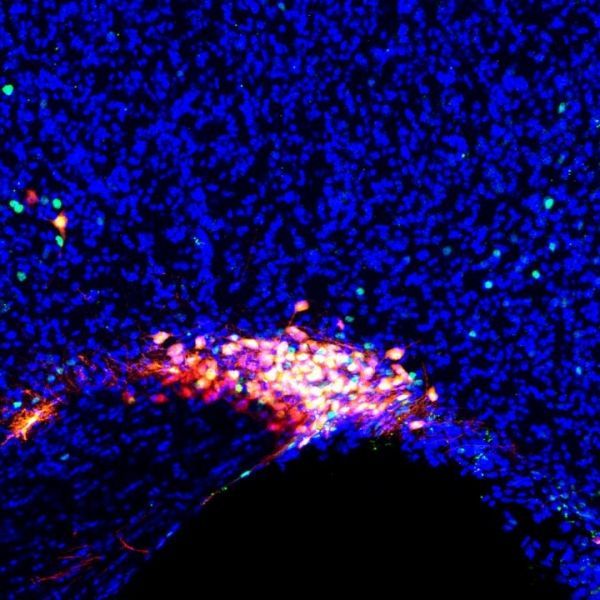The discovery of general anesthesia 170 years ago was a medical miracle, enabling millions of patients to undergo invasive, life-saving surgeries without pain. Yet despite decades of research, scientists still don’t understand why general anesthesia works.
Now scientists think they have discovered part of the answer. In a study published online April 18 in Neuron, a Duke University team found that several different general anesthesia drugs knock you out by hijacking the neural circuitry that makes you fall sleep.
The researchers traced this neural circuitry to a tiny cluster of cells at the base of the brain responsible for churning out hormones to regulate bodily functions, mood, and sleep. The finding is one of the first to suggest a role for hormones in maintaining the state of general anesthesia, and provides valuable insights for generating newer drugs that could put people to sleep with fewer side effects.
Ever since the first patient went under general anesthesia in 1846, scientists have been trying to figure out exactly how it works. The prevailing theory has been that many of these drugs tamp down the brain’s normal activities, resulting in the inability to move or feel pain. Similar theories revolved around sleep, the sister state to general anesthesia. However, research over the last decade has shown that sleep is a more active process than previously recognized, with entire sets of neurons clocking in to work while you catch your Z’s.
Read more at Duke University
Image: In a new Duke finding, general anesthesia drugs were shown to induce unconsciousness by activating a tiny cluster of cells at the base of the brain called the supraoptic nucleus (shown in red), while the rest of the brain remains in a mostly inactive state (shown in blue). (Credit: Duke University)


